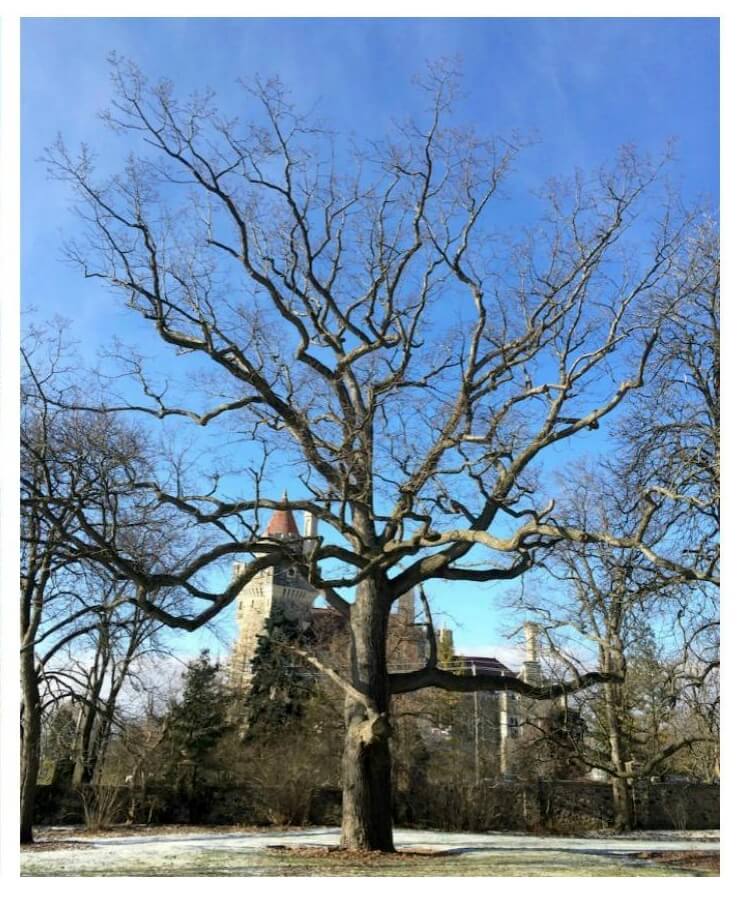Let’s get back to the concept of automatic protection for cultural heritage resources — the idea that they get “instant” protection without going through some form of decision process.
I say “back” because perceptive readers may have noticed that the three shipwrecks we looked at last time are not automatically protected. Or rather, they get the same automatic protection in Ontario as archaeological sites on land, but the added protection they enjoy — the no-access zone surrounding them — is not automatic. Far from it! As we saw it takes a regulation passed by the Lieutenant Governor in Council (aka Cabinet) to confer this special status.
So… automatic protection and why an AP approach is used for archaeological resources. Here again is the rationale:
Clearly archaeological sites are in the ground, or under water, and are usually obscured or hidden in a way that built heritage resources and cultural heritage landscapes are not. Most people don’t know they’re there until they stumble upon them (and maybe not even then). The importance of the site requires an expert assessment. And it is possible sites may contain human remains.[1]
We’ll return to this. For now let’s look more closely at the implications of AP for archaeology.
In the (usual) context of land use planning and development, archaeological activity — “archaeological fieldwork” [2] — follows a process, with up to four stages.
The purpose of the first three stages of the process is:
- to identify archaeological sites that may be present
- if they are, to assess the degree of cultural heritage value or interest of the sites
- informed by that assessment, to determine whether mitigation of the development project’s impacts on a site will be necessary; and if so, to recommend the most appropriate mitigation strategies (this requires review of potential strategies with the project proponent and may also require engaging indigenous and local communities)
In the fourth stage, the recommended mitigation strategies are carried out. Mitigation could take the form of avoidance of the site and implementing long-term strategies for its protection, such as an easement or restrictive covenant, zoning by-law amendment or transfer of ownership to the municipality or other public body.[3] But if long-term protection is not a viable option — and it usually isn’t in these situations — then archaeological excavation is conducted to document the site and remove its artifacts before construction on the development project begins.[4]
The point here is that automatic protection of archaeological sites in Ontario, in the context of our land-use planning regime, ensures a graduated or sequential process. One that looks for, assesses, examines options for and extracts information from sites, but is not normally relied on to protect them in the long-term — because the site turns out to be not that significant or because leaving it alone is not a practical option or because through excavation the site is essentially destroyed. In that event “clearance” will be given and the legal protection of the site lifted.
Okay, now let’s review what we know about how this approach compares with the other main protection mechanism we use — heritage designation under the OHA.
The big difference between AP and designation approaches has to do with how the heritage resource is typically selected:
| Automatic protection (section 48 of OHA) |
Conferred if resource meets definition/has certain characteristics, i.e. contains artifacts or other evidence of past human activity |
| Designation (section 29 of OHA) |
Conferred if resource meets definition/has certain characteristics, i.e. real property + resource meets criteria for value/significance + resource is earmarked by a public authority (municipal council or provincial minister) following statutory procedure |
The other difference has to do with the kind of protection conferred:
| Automatic protection (section 48 of OHA) |
Protection effectively provisional and dependent on process outcomes |
| Designation (section 29 of OHA) |
Protection permanent/indefinite |
Where am I going with this? It may take another post or two to get there. But it has something to do with trees in Toronto.

Notes
Note 1: See OHA+M “Automatic protection — the holy grail?” from March 17, 2016.
Note 2: As defined in O.Reg. 170/04 “archaeological fieldwork” means any activity carried out on, above or under land or water for the purpose of obtaining and documenting data, recovering artifacts and remains or altering an archaeological site and includes monitoring, assessing, exploring, surveying, recovering and excavating.
Note 3: In theory designation of the site under Part VI of the Act (or even under Parts IV or V) is also a protection option. The drafters of the 1975 OHA seemed to think provincial designation was the way to protect archaeological sites, devoting no less than 10 sections of the Act to this approach, including one requiring compensation for owners affected. For this and other reasons the designation power in Part VI has never been used. The only archaeological sites designated under the Act are five sites originally designated under the Archaeological and Historic Sites Protection Act, a predecessor of the OHA.
Note 4: For a fuller description of the four-stage process see the Ministry of Tourism, Culture and Sport’s Standards and Guidelines for Consultant Archaeologists, pages 4-5, and the diagram on page 9 (also reproduced below): http://www.mtc.gov.on.ca/en/publications/SG_2010.pdf
